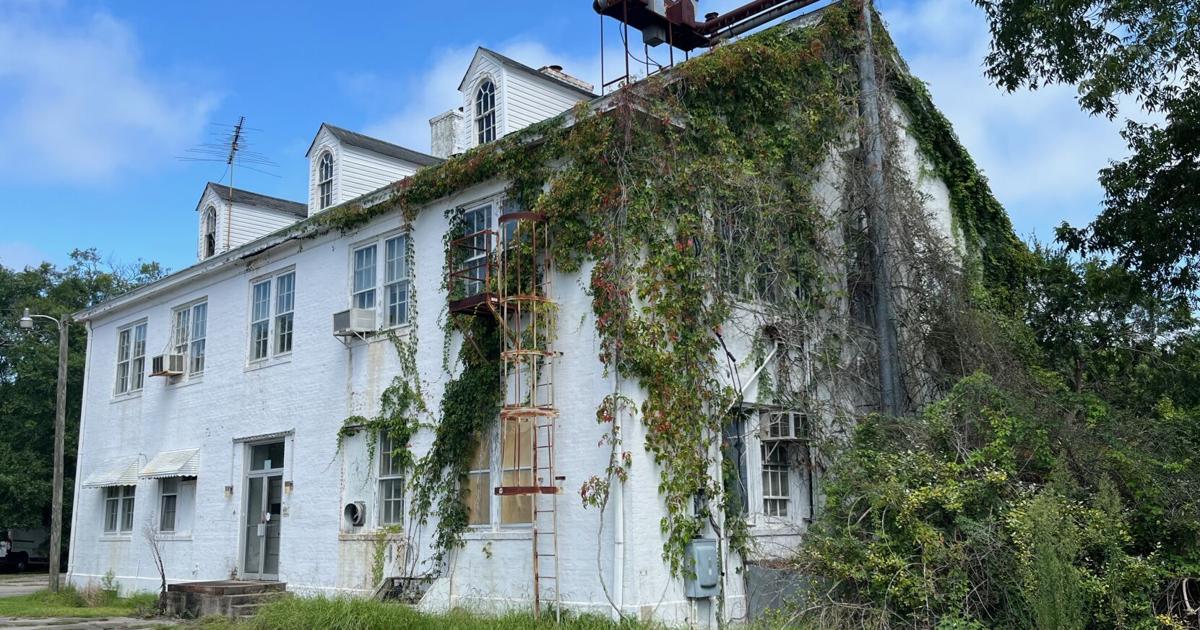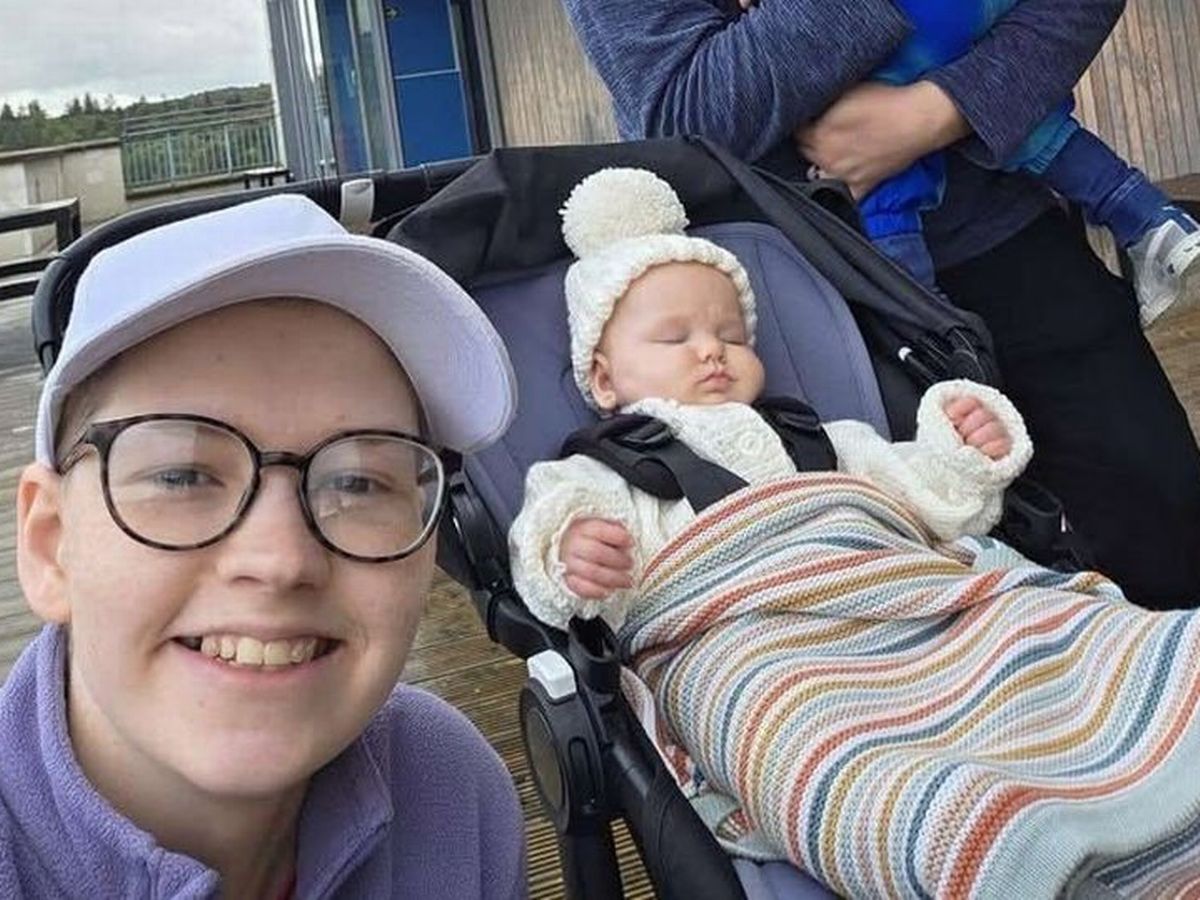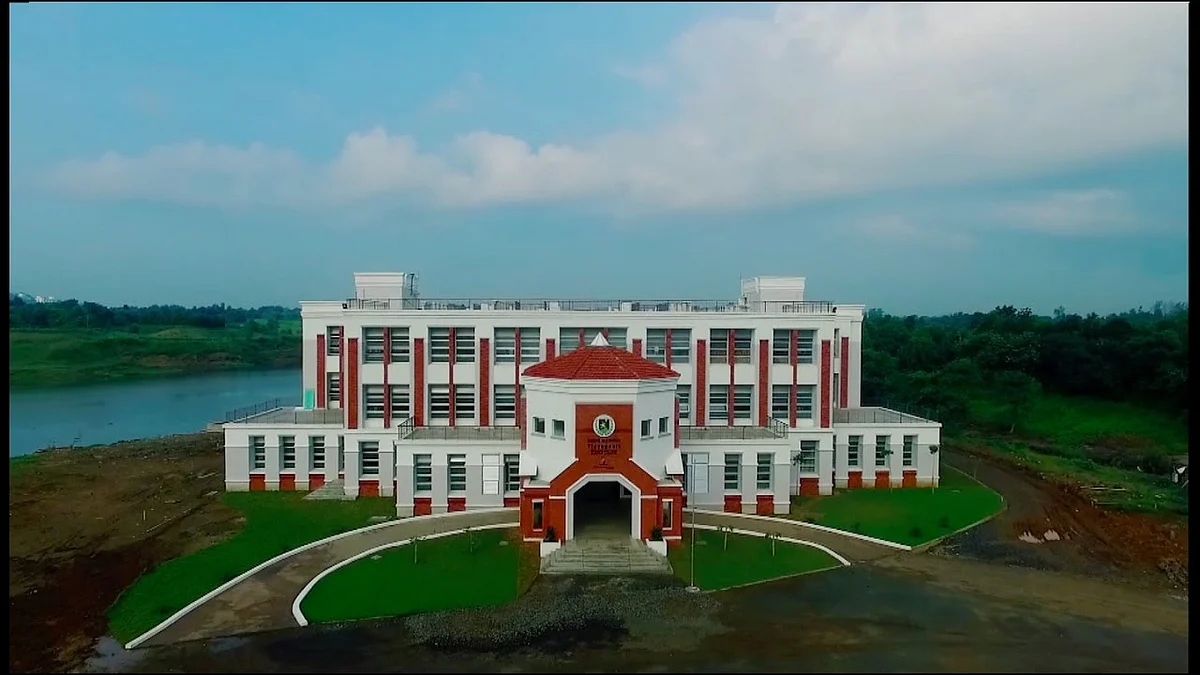
Clemson University should be embarrassed that it operates a historic preservation program in downtown Charleston while, only 10 miles away, it’s neglecting buildings eligible for the National Register of Historic Places to the point they soon could become irreparable.
The cluster of deteriorating buildings at Clemson’s Coastal Research and Education Center has several deteriorating structures among its 325 acres along Savannah Highway. Many date from the 1930s when the U.S. Department of Agriculture chose this then-very-rural area for the first of nine crop research facilities across the nation.
As The Post and Courier’s Jason Ryan reported, a two-story brick building — the most prominent on the site — has been covered with vines, weeds and grime and is missing parts of its roof, as dormers slough into the attic. It’s a sad story about how the school’s lack of internal communication and imagination threatens the future of a site that speaks to the state’s rich agricultural history.
For almost a century, the USDA and Clemson have been partners in agricultural research in this area, and around 2003, they moved across Savannah Highway into a new, more spacious U.S. Vegetable Laboratory building. That turning point marked the abandonment and decline of the older buildings, especially the original vegetable laboratory.
Clemson’s agricultural officials probably thought they were doing the right thing by reaching a 2018 agreement with the South Carolina State Historic Preservation Office and the federal Advisory Council on Historic Preservation to accept ownership of the federal property on the condition that the school be allowed to tear down the lab buildings it no longer found useful for its agricultural research work.
But that decision was short-sighted in many respects, as it didn’t loop in the city of Charleston, which is increasingly interested in preserving not only its oldest and most historic buildings downtown but also other structures that tell the story of the city’s growth and evolution during the 20th century. The city turned back the school’s 2020 request for demolition of the vegetable lab and sent Clemson a letter a month ago urging temporary repairs to slow further degradation.
Clemson’s decision was also short-sighted because it didn’t consider the buildings’ potential for further use. Only a few years after it sought the city’s permission to raze the headhouse and greenhouses, the new director of Clemson’s coastal center found a new use for them, a change of heart that scuttled a nascent, private effort to move them to a new site in Colleton County. Such a move would have been a partial preservation victory at best because it would have divorced the structures from their historic setting.
But the biggest problem with the demolition plan was that Clemson weighed only its agricultural mission, ignoring a larger mission that includes instruction in historic preservation. Yes, it would be challenging to find a new use for the crumbling vegetable lab on the site, but historic preservation success often involves thinking outside the box, as preservation students undoubtedly are taught.
Clemson’s neglect reminds us of the University of South Carolina’s ongoing struggles with The Wedge, a historic plantation home in northern Charleston County that the university bought years ago for use as a research station but has since struggled to maintain after deciding to close it.



